Early Season Access
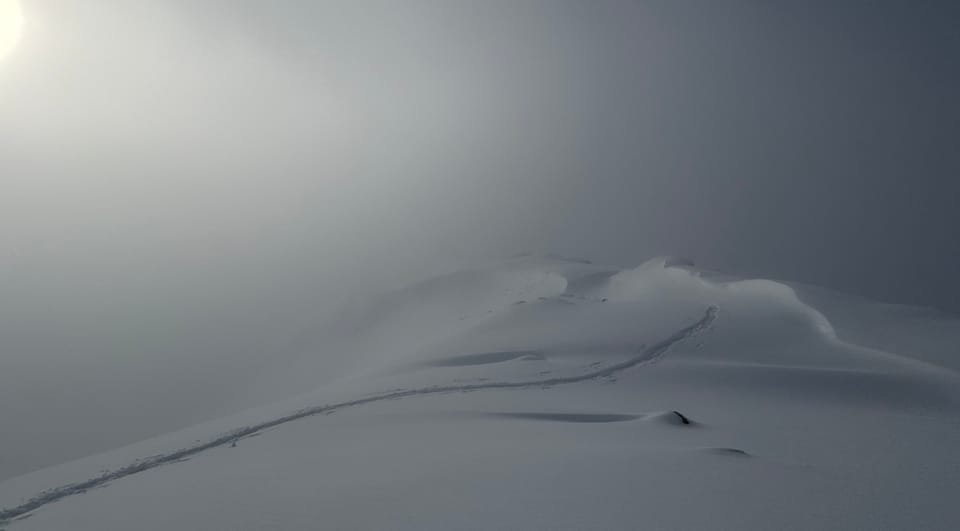
Oh baby! Flakes are falling and folks are getting psyched! We've got a bunch of stuff in this week's newsletter. We're still not quite ready to switch over to our normal winter format so we've got a quick conditions update and then another article to help prep for the season. And Evan on a podcast! Here's another reminder that our courses are filling up quickly. If you haven't signed up for your Avalanche rescue tune-up yet, get in there now and get it done with so you can head into the season confidently!
Conditions Update:
A bunch of intrepid skiers got out this weekend despite a very thin snowpack. Evan and Eric scouted around the Squamish and Whistler zones and found snow starting around 1000m with skiable snow around 1400m. The best skiing is below ridge crest on sheltered, blown in, and smooth slopes.
With only 60-70cm of snow in the alpine it's still really thin and rocks are everywhere. High alpine and ridge crest are wind stripped. Luckily, the snow that fell last weekend was warm and sludgy and looks to be starting us out with a very nice base!
Forecast:
Freezing levels stay cool for us through the weekend with precip through Friday night. The weekend looks greybird with chances of flurries before another storm comes on Monday with a cold front keeping temps down. This is a good forecast!
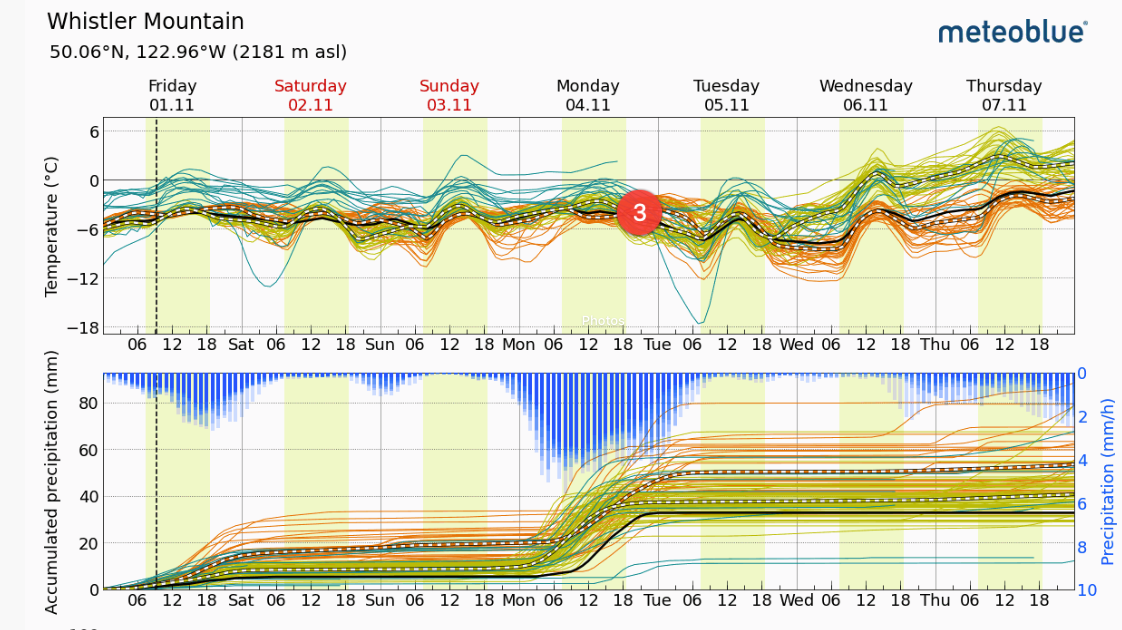
Podcast
Evan was on a podcast! Check out the Avalanche Hour Podcast and listen to the most recent episode! Evan talks about living, guiding, and skiing in the US and Canada and even a bit about the history of this newsletter!
Early Season Access
Early season skiing is always a bit of a novelty and certainly brings a lot of risk. There’s plenty of good reasons to stay in the valley, keep training, wait for better coverage and all that but, we admit, we’re frothing for those first snowflakes. So - of course be careful - don’t ruin your season! But there’s lots of good reasons to go skiing as the first flakes fall. This week, we’ve got a few notes about access.
First, where to go. We’re not going to give away any big secrets here but a bit of sleuthing with a map and some common sense should get you what you need. Or you know, look at facebook… But there’s a few critical things to figure out.
Do your research:
- Know snowline and freezing level. Make sure you’ve got this figured out.
- Look for planar slopes with minimal ground roughness. If the snowpack is <1 m, you need grassy or small scree slopes. Big boulderfields are hard to ski! Use sat imagery or just go hiking in the summer to find those nice slopes!
- Estimate the cost/rewards of driving high vs. hiking. Look for roads that get as close to snowline as possible. OR consider if that trail is worth the hike!
- Microspikes for your shoes can be super handy. You’ll encounter snowline before you hit skiable snow. Often it can be icy and refrozen. Spikes are a lifesaver and not super heavy. Plus you leave them with your shoes for the day when you transition to skiing!
Consider your vehicle:
- Driving high is nice. You don’t have to carry equipment, you don’t have to transition, and it’s warm. The downside is the car’s ability to get up the road and how much wear you’re willing to put on the car.
- If you don't make it to the end of the road, make sure you pull well off the side of the road so others can get past! Blocking roads, even if they seem impassable to you, is a huge no-no. Snow machines might need to pass by and there's almost always someone who can punch their vehicle higher than yours. Use a pullout, shovel out the shoulder, whatever you need to do not to block the road. Even if you have to back down a ways, that's better than blocking someone else - they may already be above you!
- Hiking from a lower trailhead is easier with any vehicle but means carrying a heavy pack for longer and having to sit down and swap from runners to boots!
- A moto or e-bike can be a good in-between! You can park lower, or at a gated road, then rip up to skiable snow without much effort. Evan is getting dialed with his Surron for early season access.
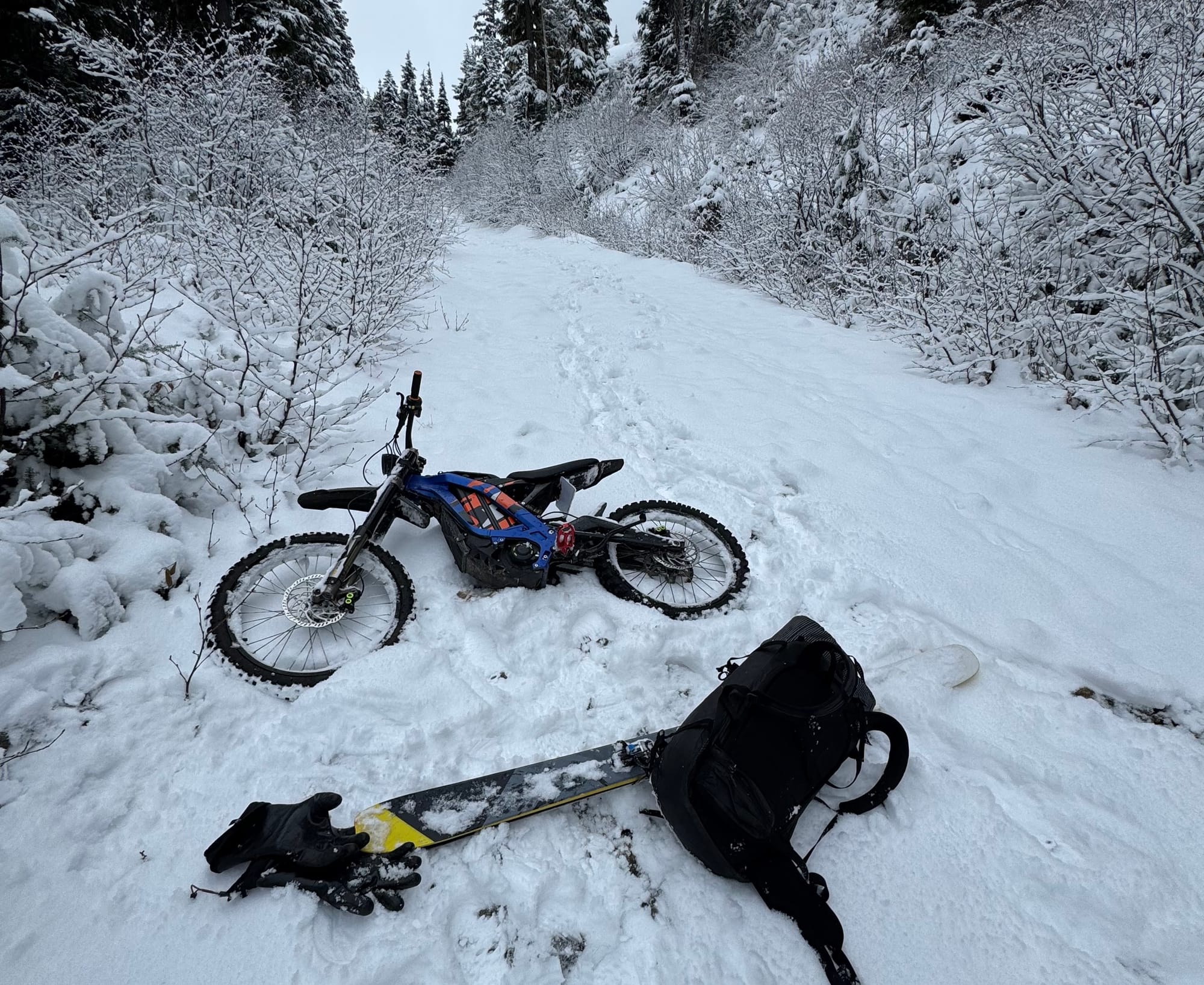
What’s in the truck?
For early season access getting up logging roads, a 4x4 vehicle is key. Get your truck or Suby set up so you don’t get stuck!
- Chains are critical. Even if you don’t use them going up, it can snow while you’re out and you may want them to get down! Practice putting them on somewhere easy and it’s a lot less stressful in the moment.
- A big tow strap and a few soft shackles off Amazon are really handy if you do put a wheel in the ditch or sink in some mud.
- A forgotten gear bin is really handy (year round). Eric keeps a small rubbermaid with spare gloves, ski socks, batteries, headlamp, and an older but still good beacon - just in case! A few ski tools to adjust those bindings you forgot were set for your other boots are definitely handy as well!
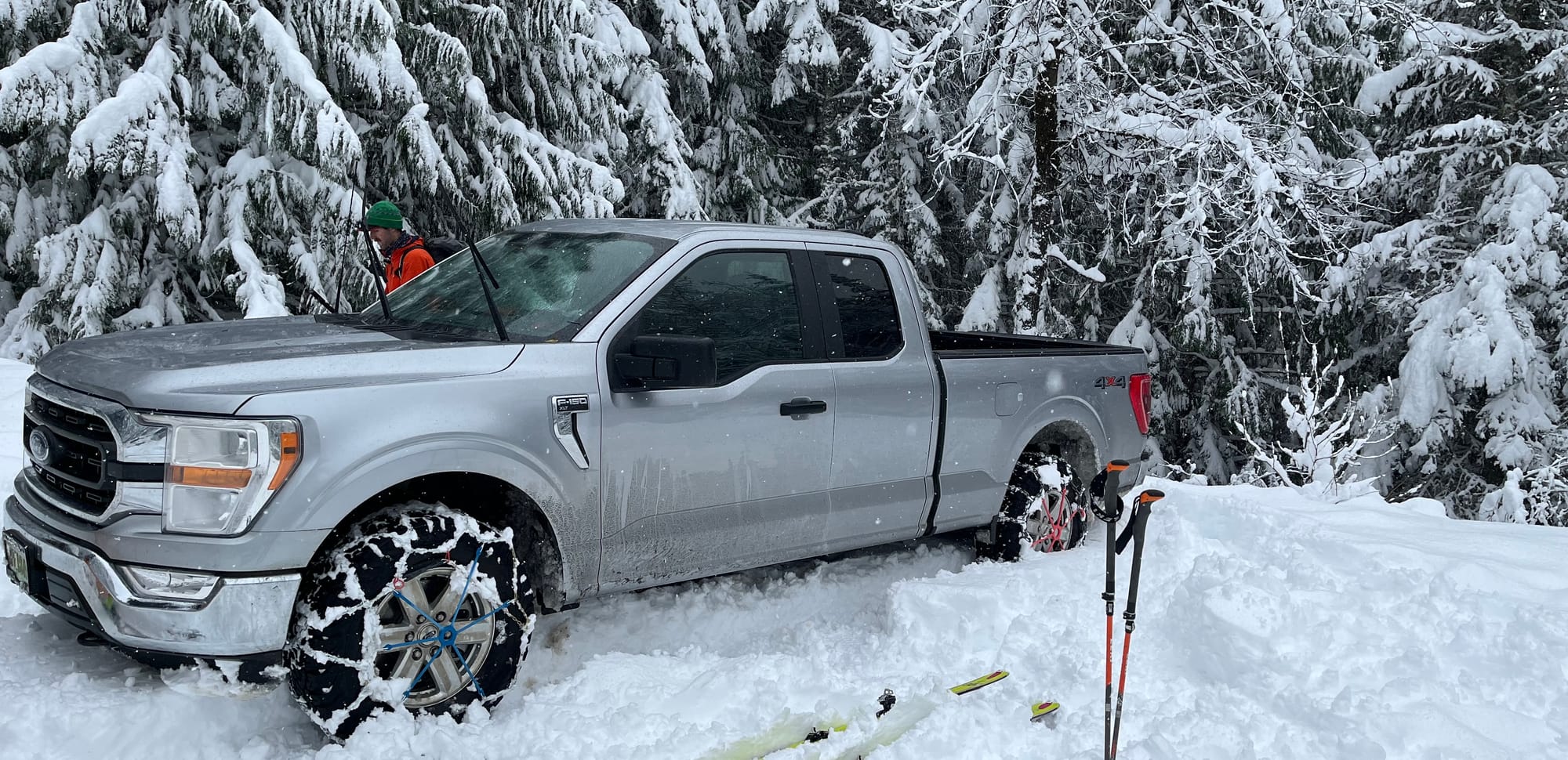
Early season skiing is super fun and a good way to see how terrain evolves through the winter. Be safe and start slowly so you can keep building up the rest of the season but a bit of computer/map time and prepping your vehicle will make it a lot easier!
For more information, check out Zenith Mountain Guides and our local avalanche forecast. These updates are supported by SkiUphill Squamish - the best stop for ski touring equipment in the Coast Mountains and made possible by the Sea to Sky Gondola! Use this information at your own risk. Conditions change rapidly from when this report was written!
Member discussion